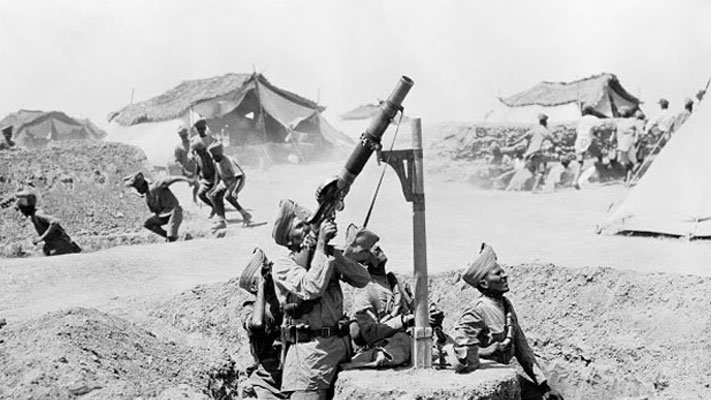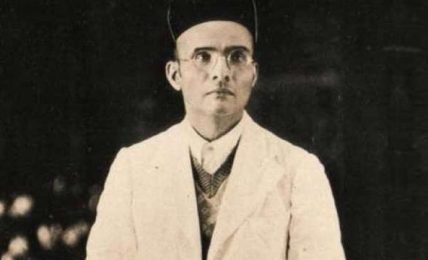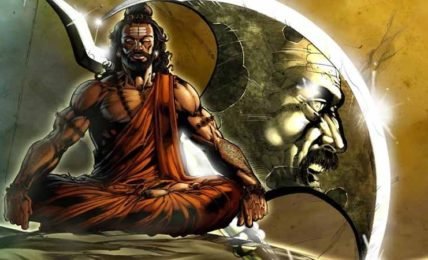MEN WHO FOUGHT & DIED TO SAVE EUROPE
Thousands of miles away, across the blue seas - they fought and died in the white man’s war. They gave their lives to save Europe from an apocalyptic future. BUT they lie forgotten in unmarked graves, their stories untold and their bravery forgotten by the very men they fought to save. This is their story. This is story of INDIAN ARMY IN WORLD WAR-I













